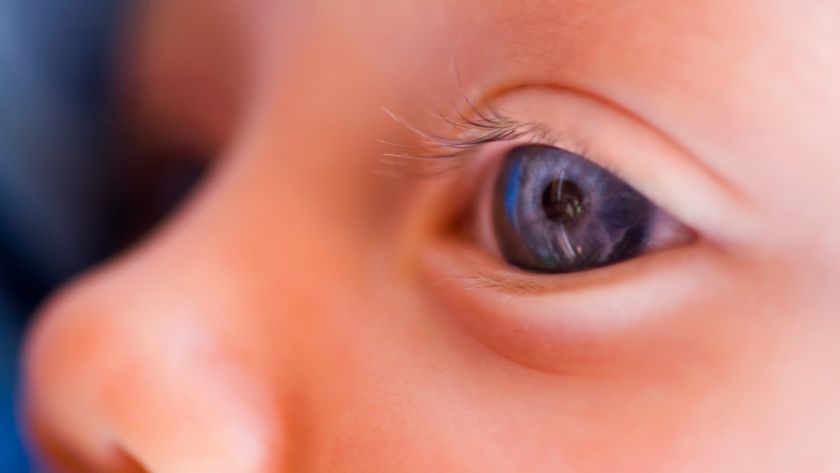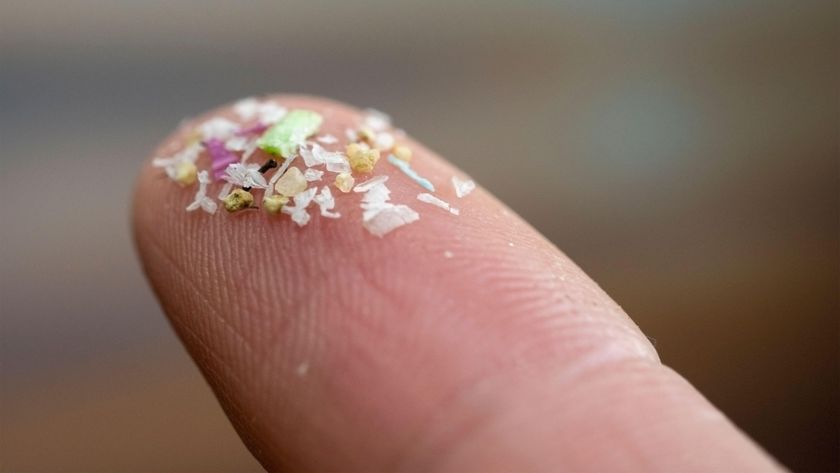FDA Proposes Stronger Warnings on Tanning Beds

Tanning beds could be required to meet stricter federal regulations and add labels that warn of the risks of skin cancer, particularly for young people, if a new U.S. Food and Drug Administration proposal becomes final.
If the proposed changes are finalized, tanning bedsand sunlamps would come with a warning saying they should not be used by people under 18, Dr. Jeffrey Shuren, director of the FDA's Center for Devices and Radiological Health, said at a news conference today (May 6). However, the changes would not prohibit young people from using tanning beds, the agency said.
Tanning bed manufacturers would also be required to have their devices cleared by the FDA before they go on the market. Manufacturers would need to show that their devices meet certain performance requirements, and include features to better ensure users' safety. The FDA has received reports of people getting burns from tanning beds, Shuren said.
Under the proposal, labels that discuss the risks of using tanning beds, and recommend against their use by people under 18, would be on beds as well as brochures and websites that advertise the devices, Shuren said.
Tanning bed use is associated with an increased risk of melanoma, the deadliest type of skin cancer, the FDA said. Some states have age restrictions on tanning bed use. For instance, Georgia, Illinois and Maine prohibit the use of tanning beds by children under 14, according to a Reuters report.
Follow Rachael Rettner @RachaelRettner. Follow MyHealthNewsDaily @MyHealth_MHND, Facebook & Google+. Originally published on MyHealthNewsDaily .
Sign up for the Live Science daily newsletter now
Get the world’s most fascinating discoveries delivered straight to your inbox.

Rachael is a Live Science contributor, and was a former channel editor and senior writer for Live Science between 2010 and 2022. She has a master's degree in journalism from New York University's Science, Health and Environmental Reporting Program. She also holds a B.S. in molecular biology and an M.S. in biology from the University of California, San Diego. Her work has appeared in Scienceline, The Washington Post and Scientific American.
Most Popular




